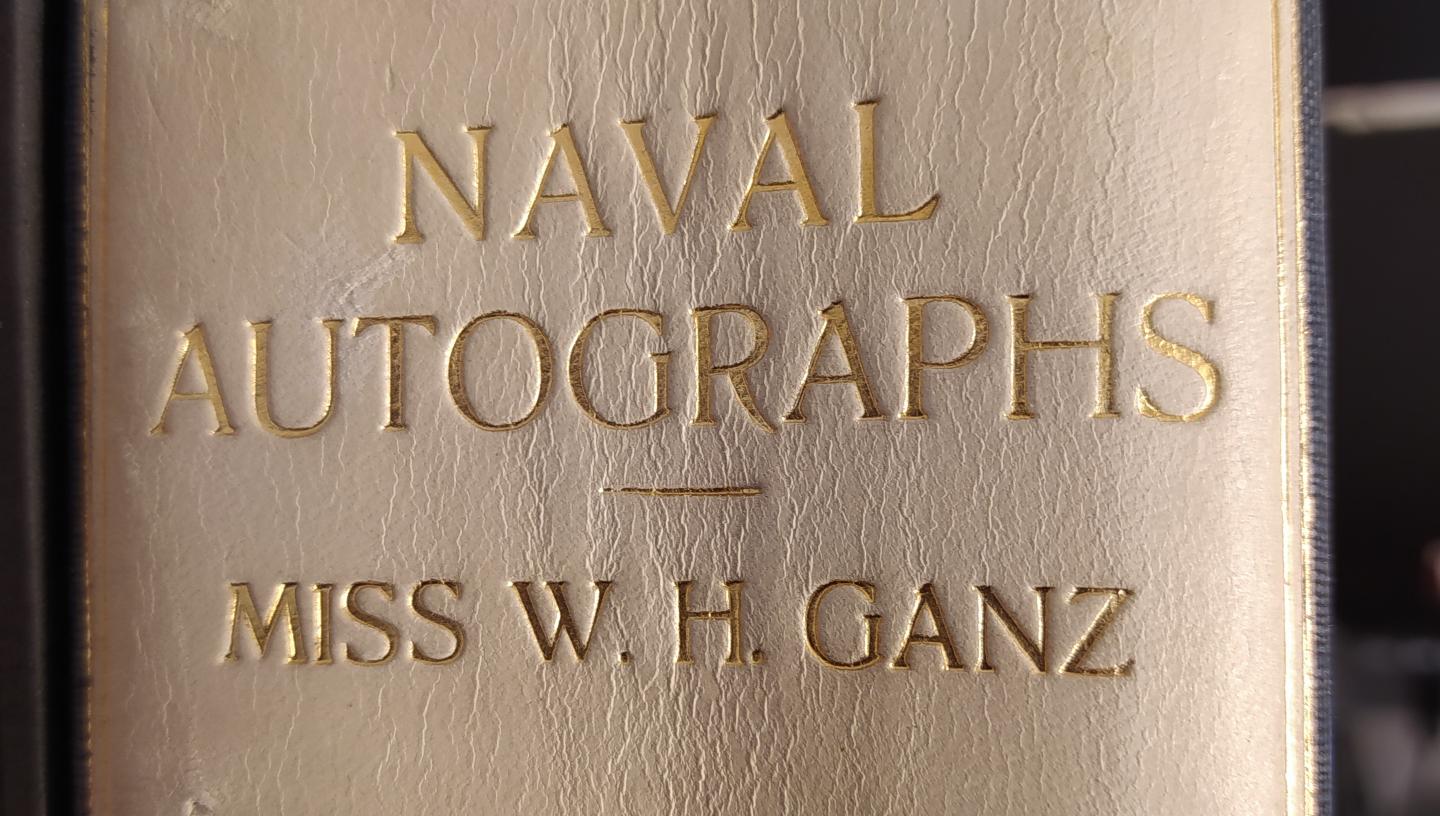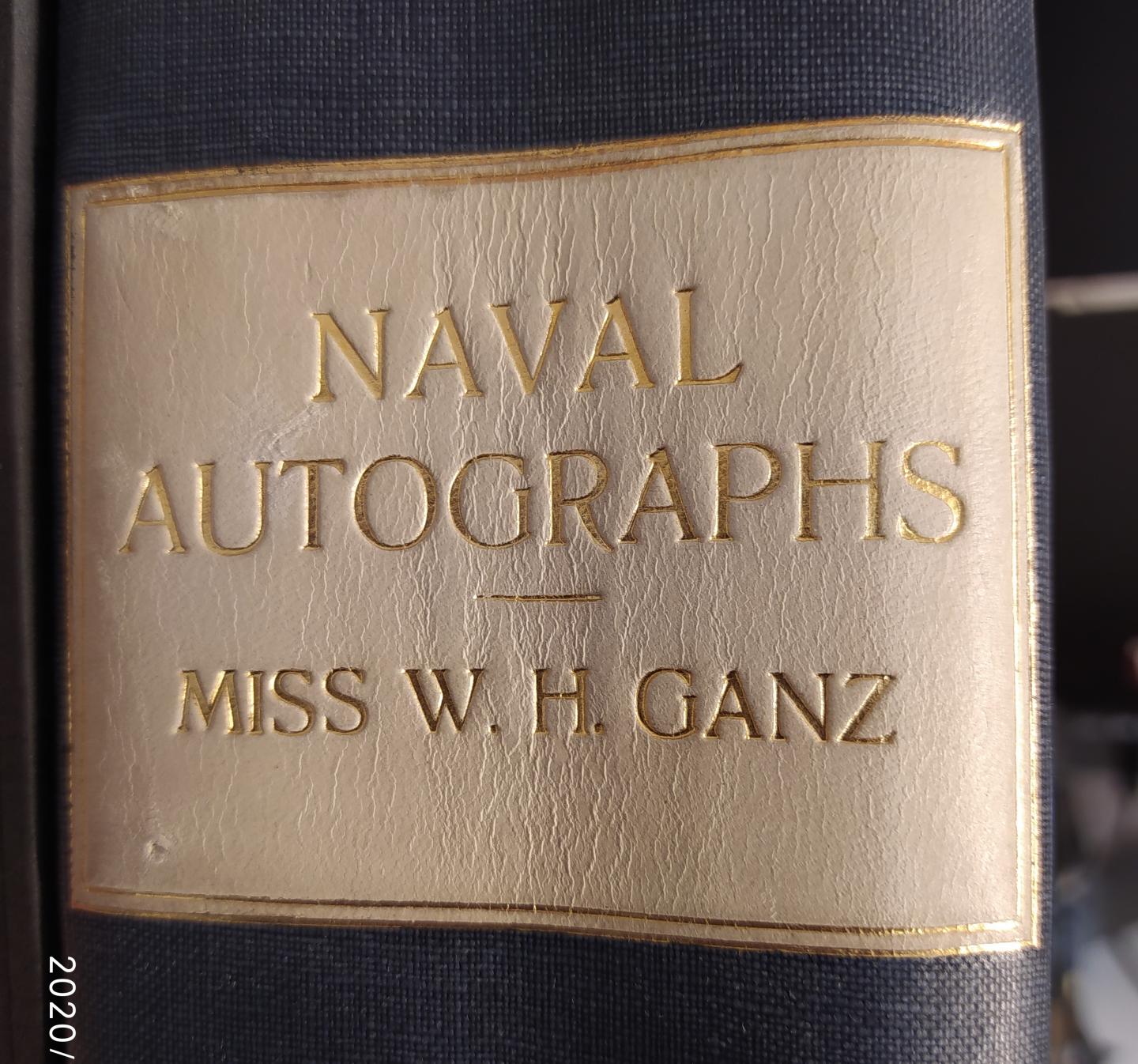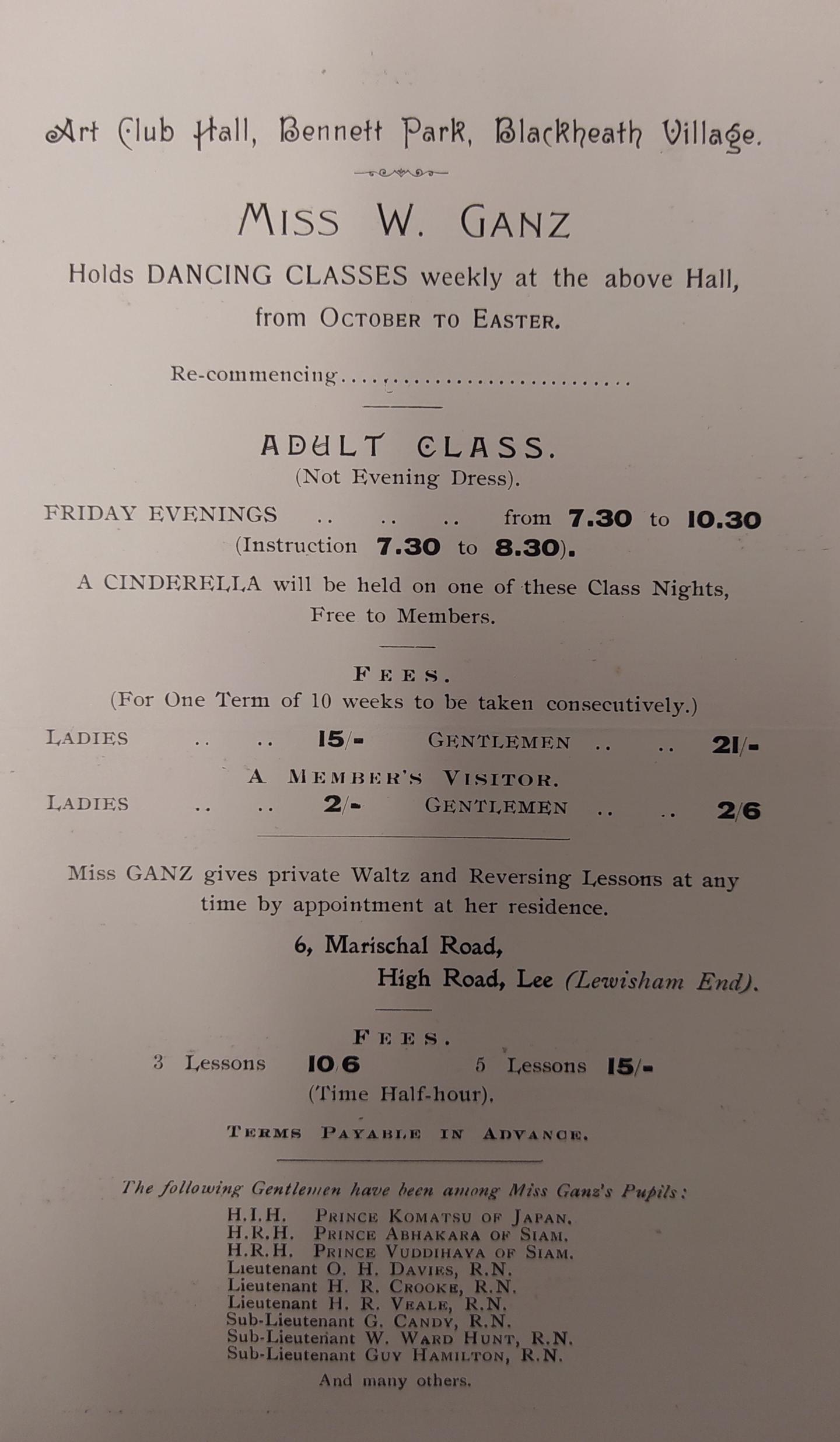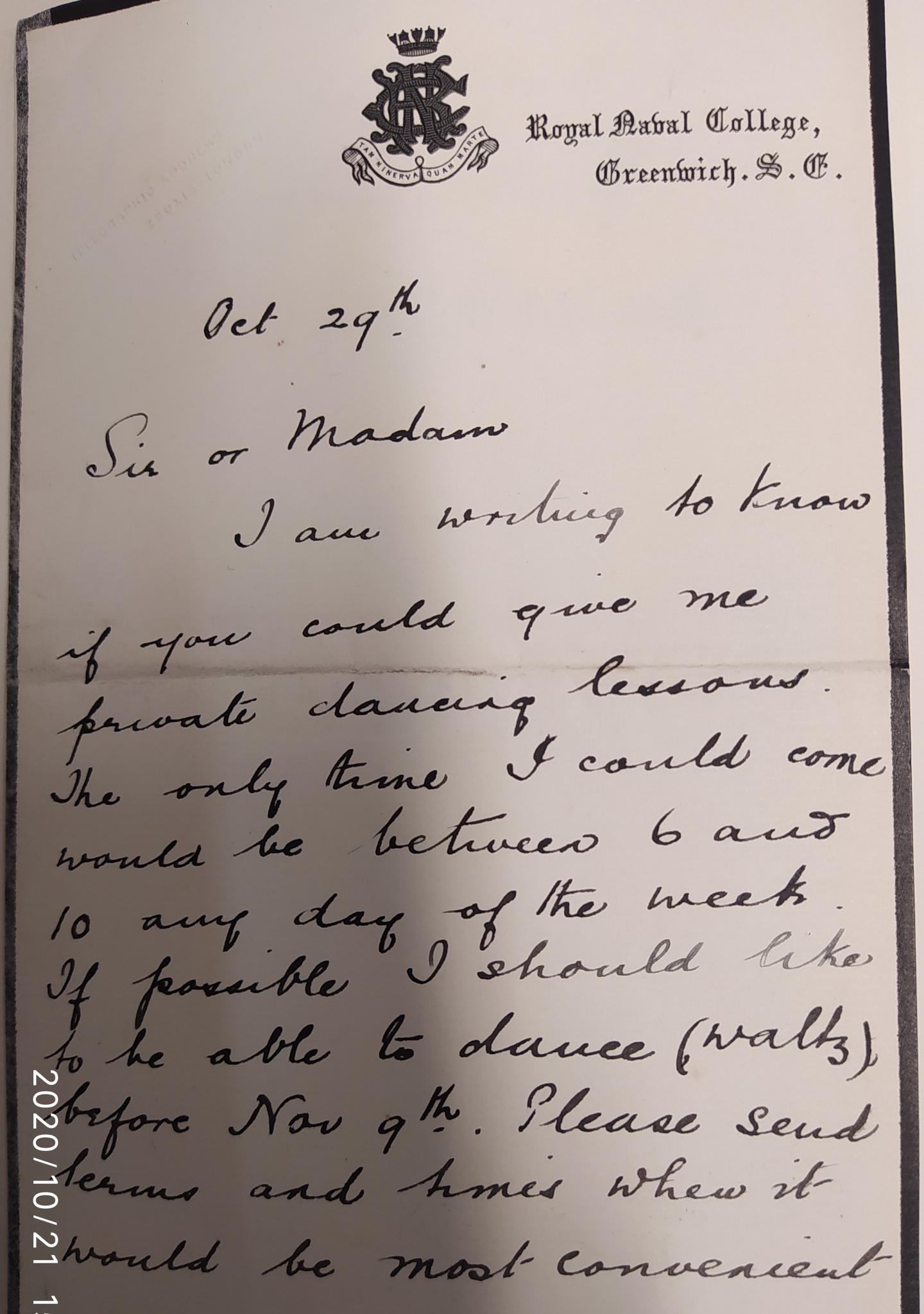
30 Mar 2021
A brief look at the manuscript collection of Wilhelmine Ganz, a woman born in Berlin a few years before the unification of Germany, but who spent much of her life living in the neighborhoods of Greenwich and Lewisham, and forged a strong connection with the Royal Naval College.
by Katherine Oxley, Archives Assistant
As someone who lives locally to the Museum it is always intriguing to come across a collection item and find myself very familiar with the street names in letters written a century ago, and get a glimpse into the correspondents' lives.
The Life of Wilhelmine Ganz
Although the collection contains no photos of her, nor any personal diaries or letters written by her, the archive of Wilhelmine Ganz (RMG reference: GAN) paints quite a vivid picture of her life.
A little research on Ancestry, a genealogy and family history website, unearths that Wilhelmine was born in Berlin in 1868 to Eduard Ganz and his English-born wife, Henrietta, who were married at St Alfege Church in Greenwich in 1864. But Eduard died in 1869 and by 1871 Henrietta along with her baby daughter had returned to Greenwich to live with her father. In 1915 Wilhelmine became a naturalized British citizen, possibly to avoid being classed as an enemy alien during World War One, although there is no mention of this matter in the collection.
Dance lessons and naval officers
During the 1890s Wilhelmine was employed at Littlejohn’s Navy School, Greenwich, and by 1901 she was living independently in Blackheath and working as a dance teacher, with many of her pupils being naval officers at the Royal Naval College.
Much of the collection is comprised of dozens of letters Ganz received throughout her life from the naval officers she taught to dance. The earliest letters concern arrangements for dancing lessons, some with quite precise requirements; the author of one letter, dated 29 October, wanted to learn how to waltz by 9 November.
Making ends meet
By 1927, then approaching 60 years of age, Ganz had moved from southeast to northwest, and was living in Mill Hill. However she was still in correspondence with the Royal Naval College, and judging by the content of the letters, was struggling to make ends meet.
A letter from 1927 reveals that the Royal Naval College declined to purchase a cruet that Ganz had loaned to the Officers’ Mess at the College in 1921. In fact she tried for years to sell her cruet – a letter from 1932 states:
‘I don’t know anyone who is likely to want to buy your beautiful cruet. Everybody is broke nowadays – I am!’
(GAN/7/23)
She also tried to rent out rooms in her house to naval officers, but a letter from the Captain of the Royal Naval College in 1927 points out that she was ‘some way from Greenwich’ and ‘most people would prefer to be more handy’ (GAN/7/12). He suggests that she consider instead the air force officers based at the aerodrome in Hendon.
In 1943, when she would have been 75, she even appears to have been evicted from her flat. A letter sympathizing with her plight states:
‘I am so sorry you have to leave your flat – I thought they couldn’t raise the rent on you or turn you out in wartime. If you want advice about it, why not try the Citizens’ Advice Bureau, they are there to help people.’
(GAN/7/56)
Preserving and donating her collection
Despite her hardships Ganz managed to preserve her collection of correspondence from her former pupils and she also followed their naval careers by collecting press cuttings on them. In 1927 she attempted to donate an album she had compiled to the Museum of the Royal Naval College (later to be transferred to the National Maritime Museum), but the Captain of the College declined, explaining in a letter that:
'The Committee will not accept any gifts which are not of national interest. Your collection is ... of great personal interest to you, but it can hardly be called of national interest.'
(GAN/7/14)
However she obviously persisted and in 1939 her frequent correspondent Vice-Admiral Humphrey Hugh Smith wrote that he was 'extremely glad that the Maritime Museum has been so fortunate as to acquire your naval collection' (GAN/7/45). She presented a further batch of her papers in 1946, the year that she died.


